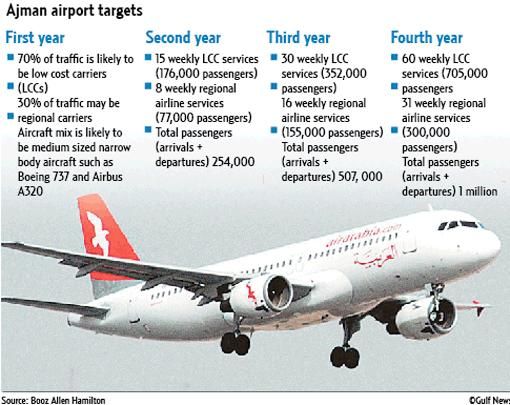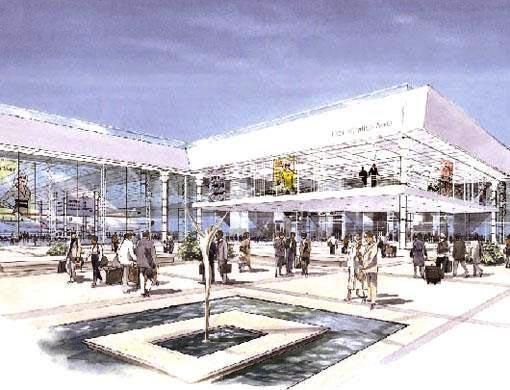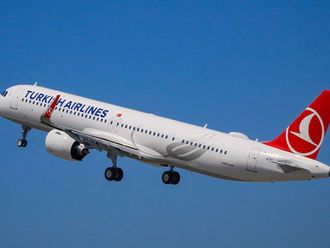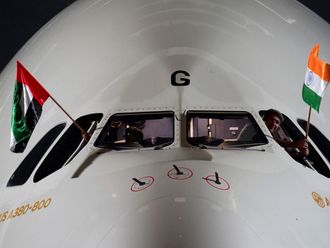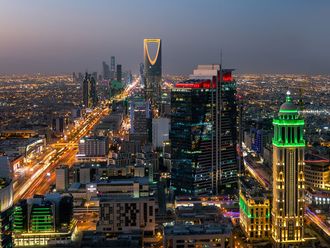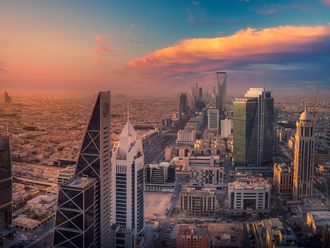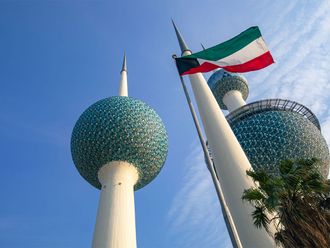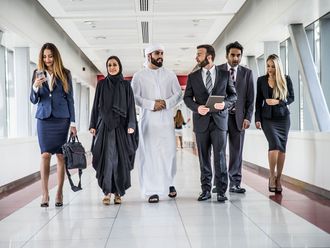Ajman: The new Ajman international airport to be built by a Spanish consortium at a total cost of Dh12 billion by 2011.
The new airport is projected to achieve more than one million passengers in the first three years, according to a feasibility study by ICTS Europe and Booz Allen Hamilton.
After reviewing a feasibility study conducted by ICTS Europe, an aviation specialist and Booz Allen Hamilton, an international consultancy firm, His Highness Shaikh Humaid Bin Rashid Al Nuaimi, Member of the Supreme Council and Ruler of Ajman, said yesterday that the new airport project aims to meet the growing demand for aviation infrastructure.
"Studies show that the country needs more airports to cope with the rapid economic development and growing passenger and cargo traffic," said Shaikh Humaid.
The project will executed by a European consortium of four companies on a build operate and transfer (BOT) scheme and will feature exclusive passenger, cargo, commercial and residential areas. The new airport's operations will be dedicated 65 per cent for cargo and 35 per cent for passenger transport. Currently, the UAE has 45 per cent of the cargo service share in the Middle East.
The airport project will be built on a total area of six million square metres. The first phase of the project will consist of the main terminal buildings for arrivals and departures, runway, cargo complex aviation school, airplanes maintenance workshops, free zone and commercial area of 90 towers.
The airport will comprise airport buildings and a residential area. The project plans to cater to the fast growing air services between the UAE and the Gulf.
Driven largely by low cost carriers and cargo operations in the initial phase, the new airport expects to achieve significant international passenger traffic in five years.
Construction is expected to start by the second half of 2008, subject to approval from the Federal Aviation Authority and the project will be executed in two phases.
While the first phase is expected to be completed in 18 months the second phase could take up to 36 months.


